When gardens produce abundance, they create habitat for other living things. Plants, animals, insects and fungi interact with each other to create ecosystems.
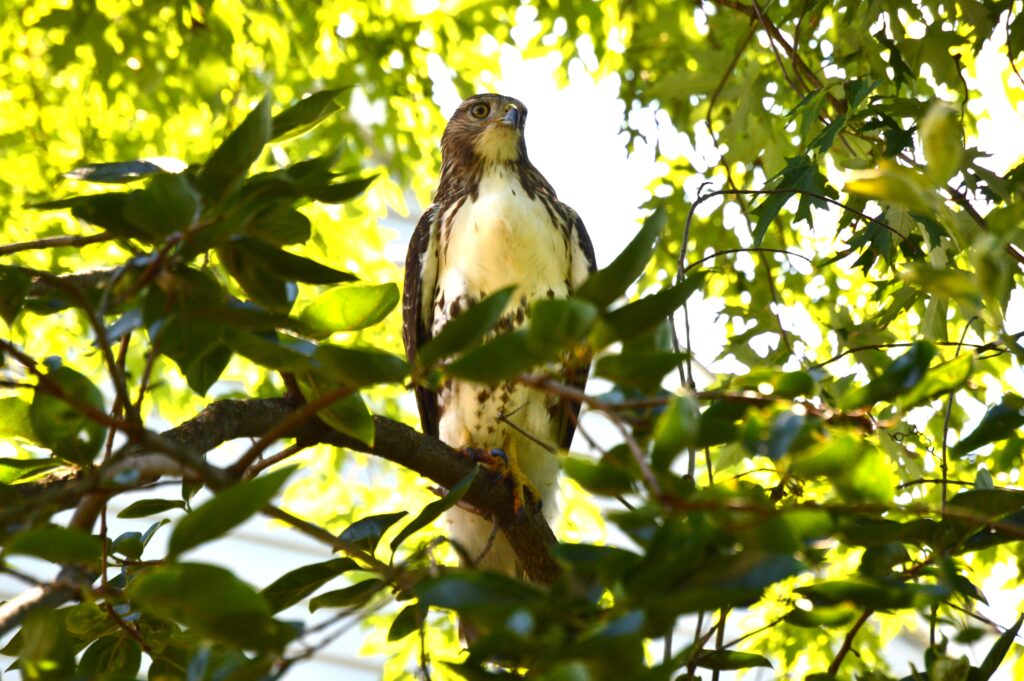
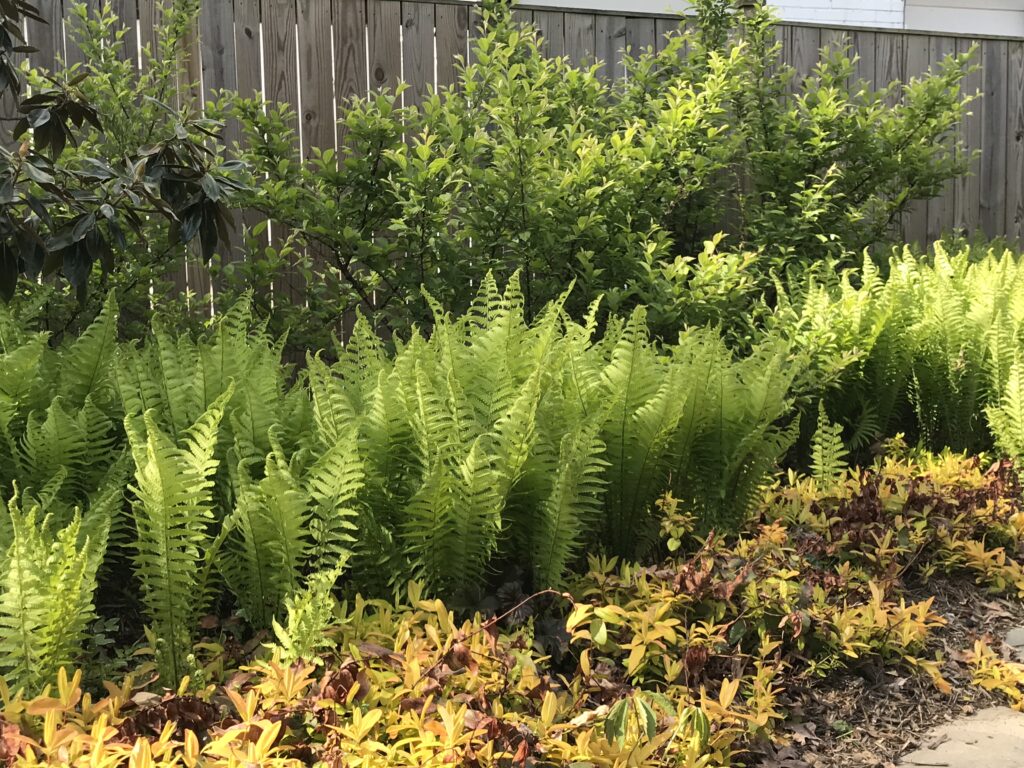
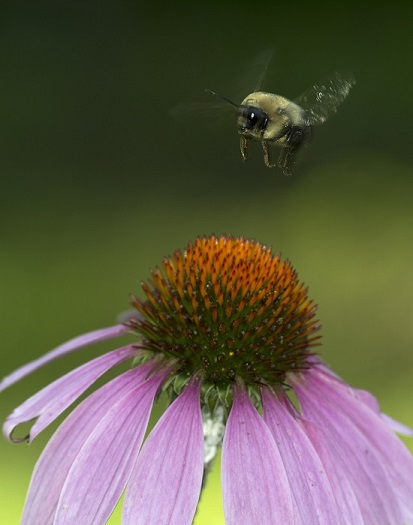
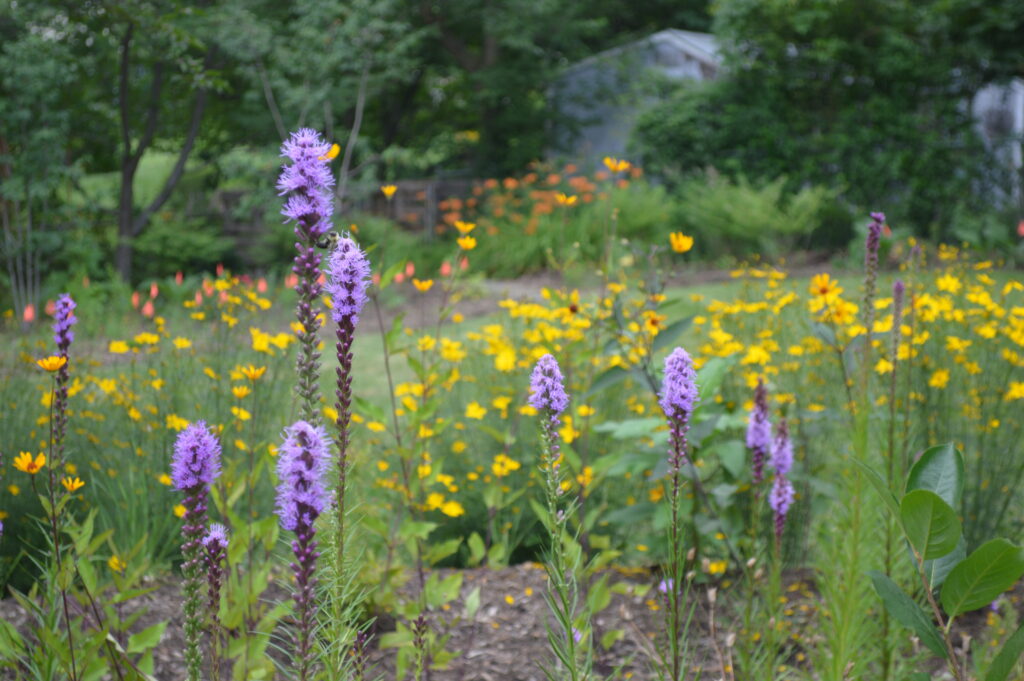

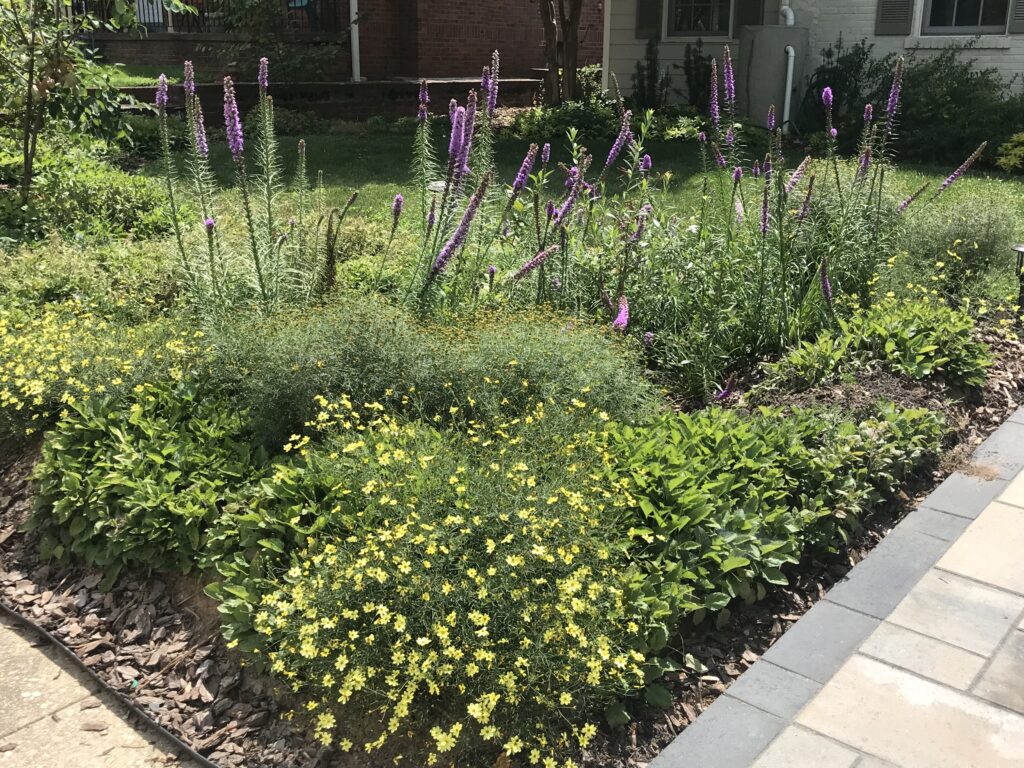
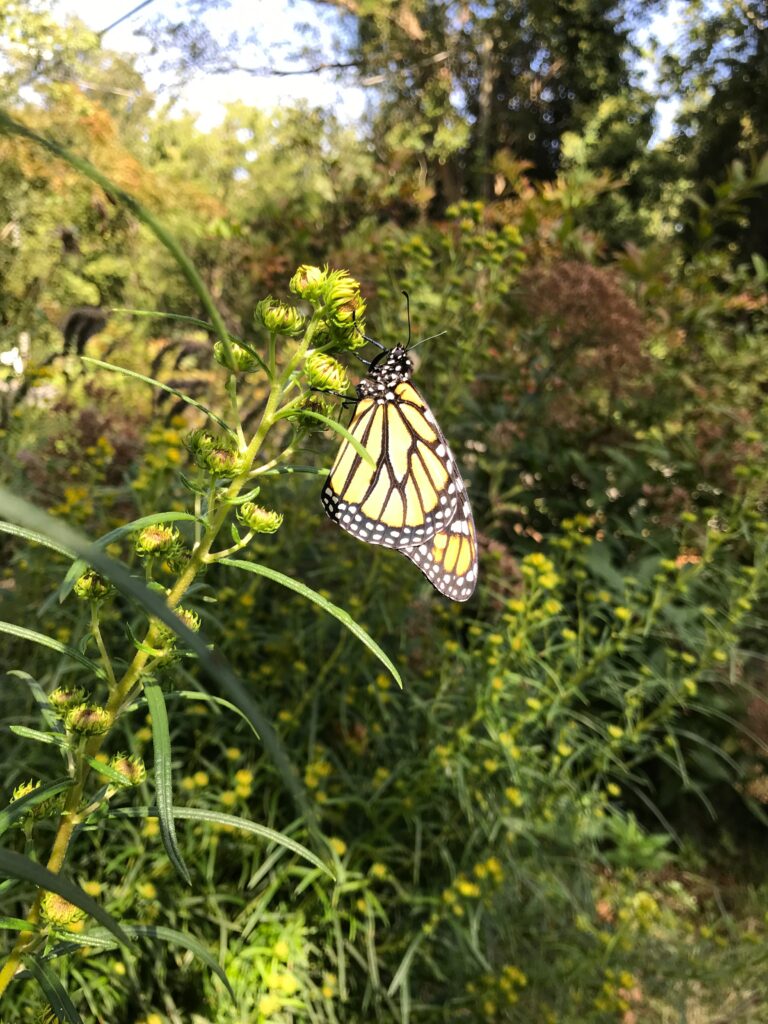
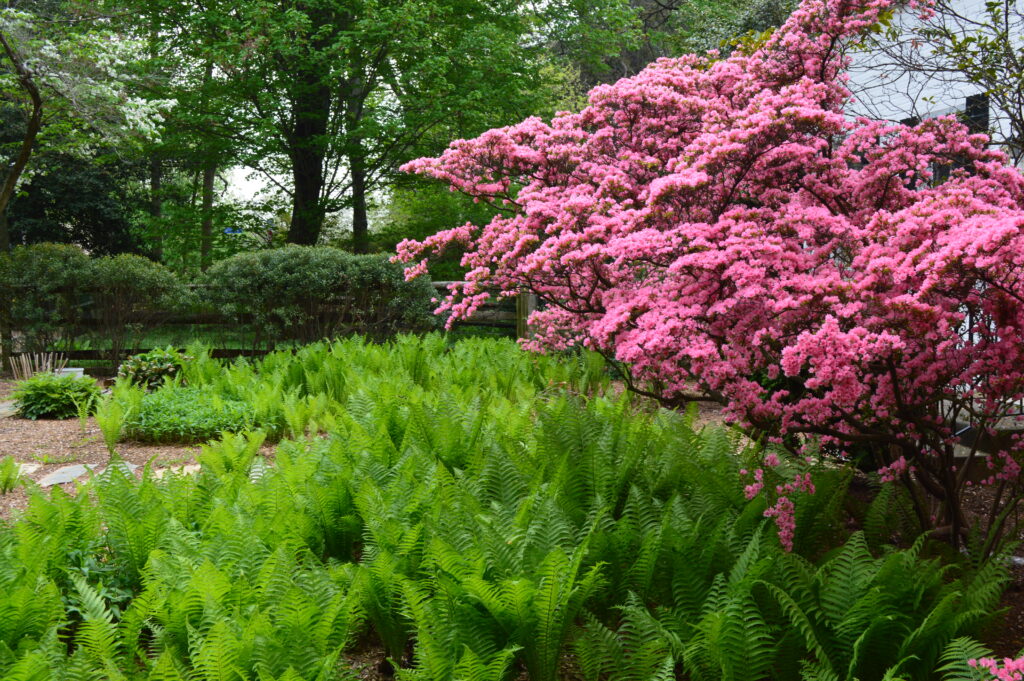

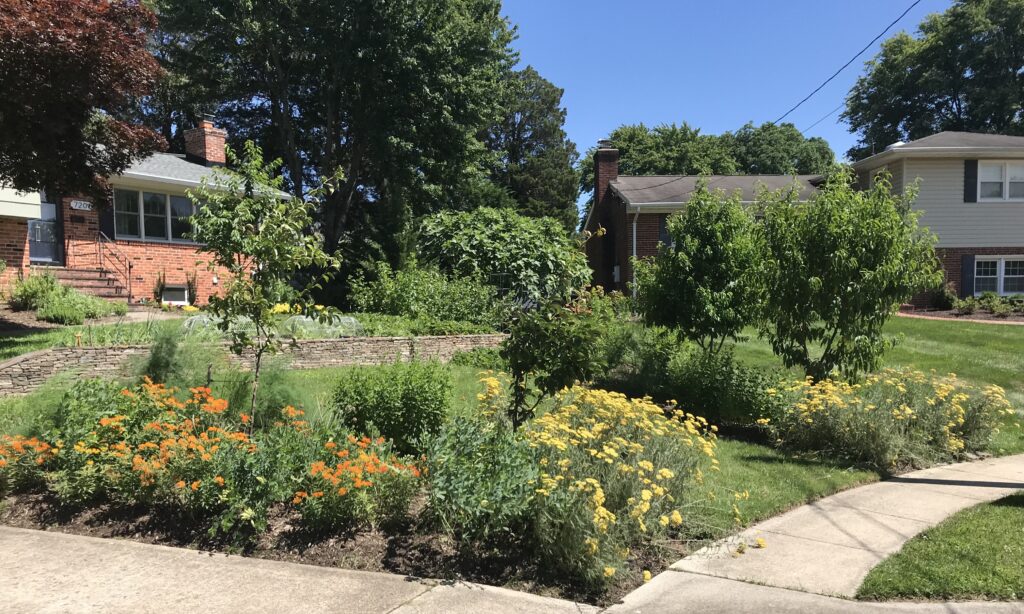
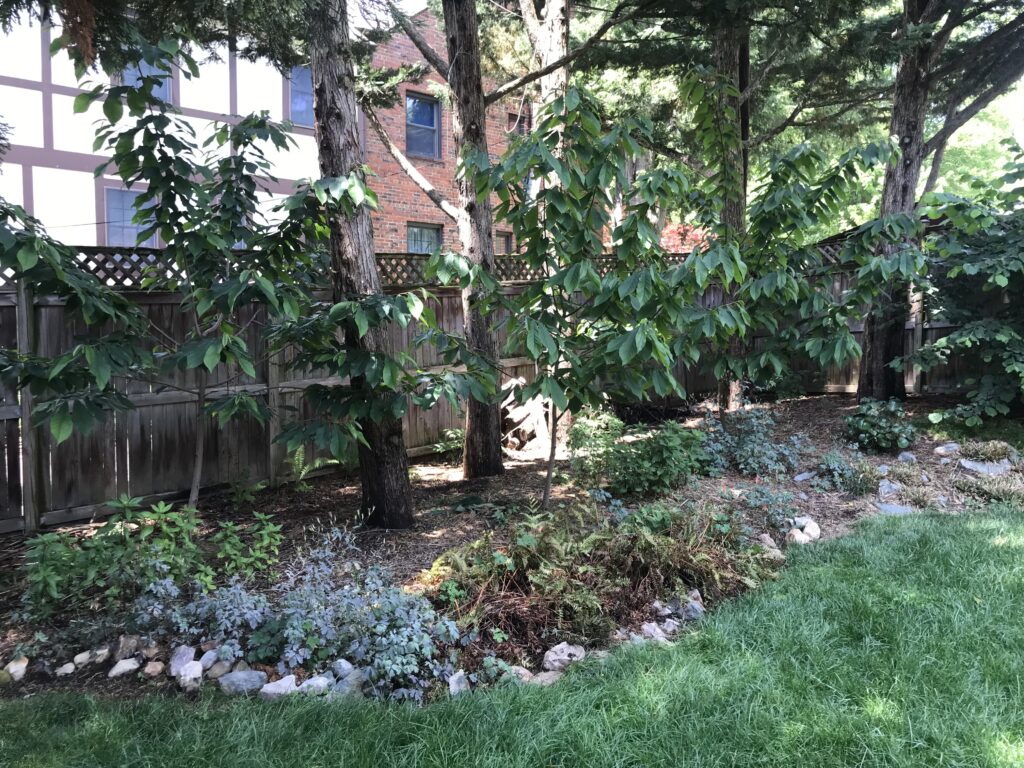
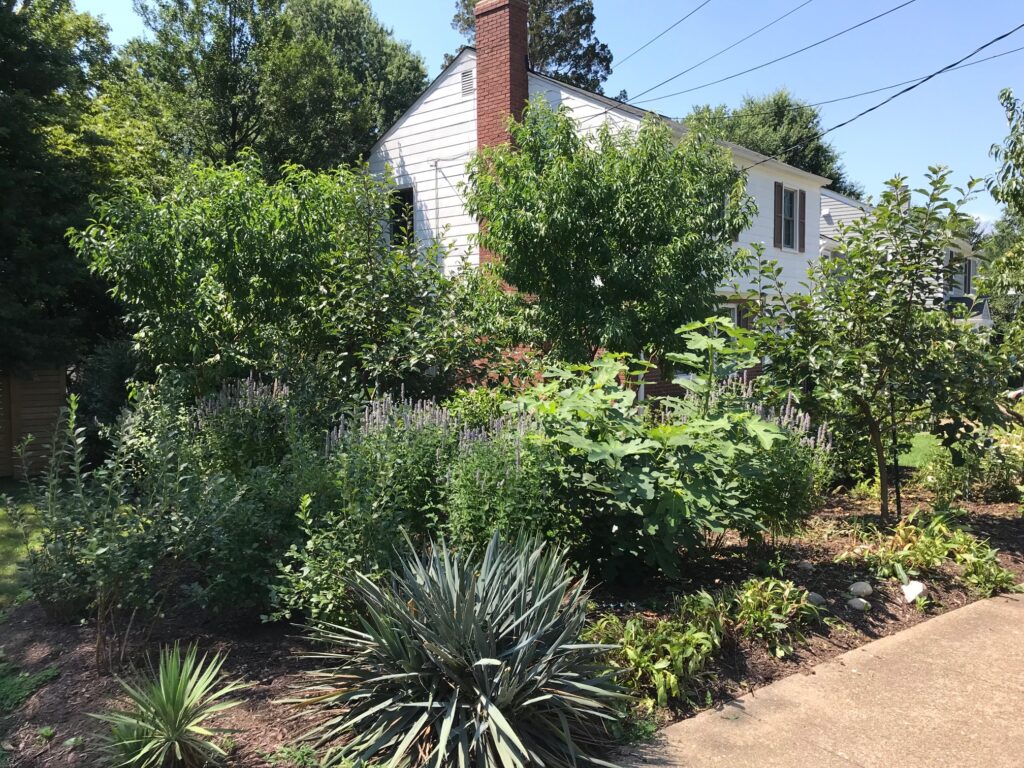
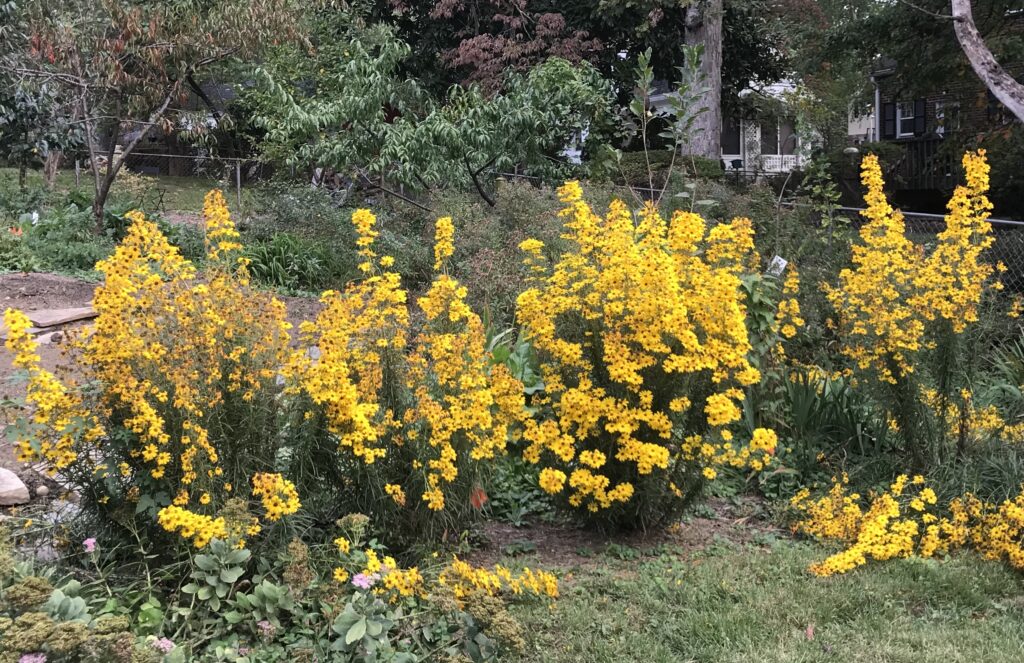

When gardens produce abundance, they create habitat for other living things. Plants, animals, insects and fungi interact with each other to create ecosystems.














What no lawn? Yes! This landscape design for a client in Arlington is full of native and edible plants instead of a lawn!
The front contains a large vegetable garden surrounded by two layers of 4′ deer fencing with asparagus in between and native meadow plants as a backdrop.
Flagstone steps take you to a terraced plateau filled with Asian pears, blueberries, persimmons, sour cherries, cornelian dogwoods, a fig and a plethora of native flowers that attract beneficial insects.
The shady back slope is held together by serviceberries, paw paws, hazelnuts, elderberries, fragrant sumac and various native ground covers and spreading perennials.
Viburnums, wax myrtles, and a few hollies surround the property to provide privacy and bird habitat.
A couple of black gum trees (Nyssa sylvatica) provide shade for an open forest floor of edible ostrich fern and other woodland natives.
Ornamental, Edible and Native Landscape
A plethora of plants both front and back are traversed by curved pathways and stone walls. The cut flagstone front walk leads you through a mix of classical ornamentals like boxwood, peonies, tulips, and crape myrtles with unusual ornamental edible plants like black lace elderberry, rugosa roses, aronia berry, lavender and some native ornamentals like pink turtlehead, rhododendron and virginia sweetspire.
The two mulch paths in the back carry one through a canopy of twisted and muscular American Hornbeams on one side and a tasty grove of currants and elderberries on the other both leading to a gazebo surrounded by pawpaws, and mature hardwoods.
The back contours are accented by curved retaining walls that ameliorate an eroding slope and terrace the ground for Asian Persimmons and Sweet Cherries. Sedges, edible ferns and day lilies make up a flat woodland clearing that serves as a play area for the kids.
The rear of the property is a daunting invasive Ailanthus grove on a steep slope. After removing the invasive species, the space gives way to a sunny slope appropriate for a food forest. It is comprised of Paw paw, Asian persimmon, Cherry and Peach. Companion plants include Indigobush, False Blue Indigo, Pink Turtlehead, Butterfly Milkweed and Anise Hyssop.
The front yard is full of edible natives like American Hazelnut, Blueberry, Elderberry and Currant paired with ornamental natives like Dogwood, Redbud, Bayberry, Echinacea, Asters and Virginia Bluebells.
We designed this food forest utilizing the sun exposure in a woodland clearing. In order to stabilize the slope we recommended terracing the slope with logs from the property. The terracing will slow down water flow and prevent erosion while the newly installed plants are getting established.
In order to maximize sun exposure, the larger trees were placed to the north and or downhill of the smaller plants. The woody plant pallet is comprised of low maintenance food bearing trees and shrubs like pawpaw, persimmon, Chinese chestnut, elderberry and blueberry. The herbaceous plants are comprised of soil building plants like comfrey and false blue indigo, insect attracting plants like echinacea and yarrow, woodland medicinals like goldenseal and american gingseng and some edible ferns.
For this design, the client was ready to part with their lawn. In place of it we designed a garden with lots of flowers and food. They have a south facing front yard which is an ideal location for food producing perennial plants and a vegetable garden. The north facing back yard with mature tree canopy is the ideal location for a patio, fire pit, hammock and shade loving plants. The woody plantings are laid out on contour with infiltration swales to catch rain water. The tree species include Asian Persimmon, Sour Cherry, Asian Pear and Pawpaw. The property has a total of 18 Blueberry plants as well as Currants, Elderberry and Aronia. Herbaceous plants include Strawberry, Asparagus, Culinary herbs, dynamic accumulators, nitrogen fixers and numerous beneficial insect attracting plants.
By Danylo Kosovych and Organic Edible Gardens LLC
When it comes to rainwater collection the first thing people think about are rain barrels but you don’t need a barrel to collect rain water. Rain barrels are useful if you want to store water and use it for irrigation but for storm water management they are dwarfed by amount of rainfall that falls in the average storm. Once inch of rain falling over a 1000 square foot roof produces 600 gallons of water. A 50 gallon rain barrel only catches 1/12 of the water. A 600 gallon water tank is not only large and obtrusive but also expensive.
Not to worry, rainwater collection can be achieved in multiple ways without using a container at all. Below are examples of multiple ways we have collected rainwater using the earth as the container.
You can catch rain water in a swale:
A swale is a depression in the earth, dug on contour and linear in shape, therefore adept at catching runoff. This client had runoff problems from their neighbor. We created a swale along the property line to catch and infiltrate the runoff before it entered their property. The Elderberries and Aronia benefit from the additional water.
You can catch rain water in a rain garden:
A rain garden is a bowl shaped depression that works well to catch stormwater from a downspout. We later planted this one with Aronia, Low- Bush Blueberries and native perennial flowers. The soil in the center is deeply tilled and the water infiltrates rapidly, while the plants benefit from the additional water.
Or you can use perforated pipe to leach rain water into the soil:
This is a vegetable garden which we created on contour and directed the roof runoff into a perforated pipe and buried the pipe in gravel. All of the water from the roof infiltrates into the soil and waters the vegetable beds.
Here we used the same principal with the infiltration pipe but planted columnar apple trees on top of the pipe. Now the water from the roof irrigates the apple trees.
Organic Edible Gardens LLC just designed the landscape of this recently constructed energy efficient home. The house was designed and built by Enviro Home Design complete with large planters to catch most of the rainwater coming off of the roof.
For the landscape we designed a two tiered retaining wall planted with native Sedum and grasses to correct the steep slope on the north east corner of the property. The sunny front yard allowed for an Asian Persimmon tree paired with native red twig dogwood, a Purple Leafed Plum paired with a gold leafed variety of Ninebark. In front are Half-High Blueberries and New Jersey Tea to the sides. Liatris spicata, white Echinacea, Baptisia australis and Comfrey are a few of the perennials.
In the shady back yard we chose Redbud and Serviceberry (Amelanchier laevis) as the understory trees paired with Arrowwood Viburnum and Catawba Rhododendron shrubs. Beneath the shade of the understory trees we chose a dark and mysterious Snakeroot cultivar with purple foliage paired by a light and airy yellow leafed spreading St. John’s wort.
For the part shade and part sun side yards we chose Honeyberries (Lonicera caerulea), Crandal American Black Currants, and Virginia Sweetspire.
Copyright 2014 Organic Edible Gardens LLC
Edible Landscape in Sun and Shade
An edible and medicinal understory and pond designed for a shady back yard full of mature hardwoods. A small sunny patch in the front gave way to edible ground covers, perennials, berries and fruit trees. The front downspouts are piped into two rain gardens, one in the shade the other in the sun. The rain garden in the shade is full of moisture loving woodland medicinals, while the rain garden in the sun contains native insect attracting perennial flowers. Species include: Pawpaw, Fig, Peach, Aronia, Spicebush, Clove Currant, Elderberry, Blueberry, Yarrow, Anise Hyssop, Wild Ginger, Asparagus, Black Cohosh, Strawberry, Goldenseal, Ostrich Fern, American Lotus, May Apple, Giant Solomon’s Seal among multiple other soil building, insectary, and native plants.